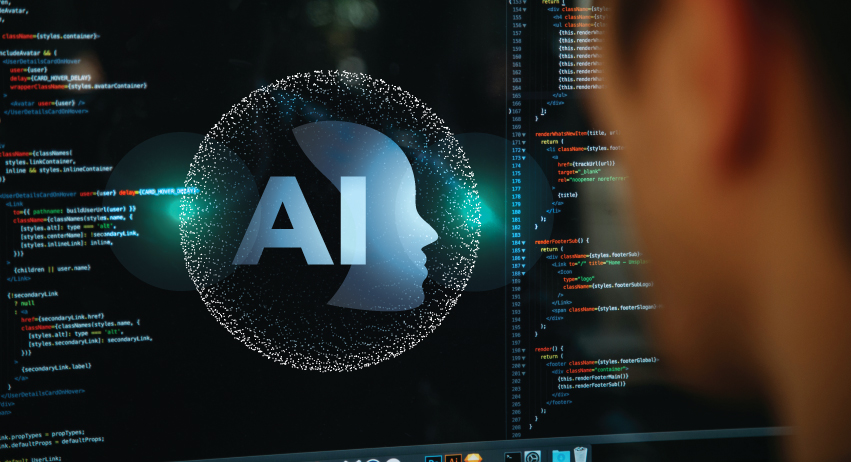
Latest Technology Trends in IT: Shaping the Future of Innovation
The Information Technology (IT) sector is continuously evolving, with cutting-edge advancements driving business transformation and enabling innovative solutions. Staying updated with the latest trends is crucial for every business to remain competitive in today’s fast-paced digital world. Here’s a look at some of the most significant technology trends shaping the IT landscape in 2024.
1. Artificial Intelligence (AI) and Machine Learning (ML)
Artificial Intelligence and Machine Learning continue to dominate the IT sector, transforming how businesses operate. From predictive analytics and automation to chatbots and personalized recommendations, these technologies enhance efficiency and customer experience.
Emerging Focus: Generative AI, like ChatGPT, which creates human-like content, and AI-driven tools for creative industries.
Impact: Faster decision-making, reduced costs, and improved productivity.
2. Edge Computing and 5G Connectivity
The rapid adoption of 5G networks has fueled the growth of edge computing, where data processing occurs closer to the source rather than relying on centralized cloud systems.
Why It Matters: Reduced latency, improved data security, and enhanced IoT performance.
Use Cases: Real-time analytics in healthcare, autonomous vehicles, and smart city infrastructure.
3. Cybersecurity Mesh
With the rise in cyberattacks, businesses are prioritizing advanced security frameworks. Cybersecurity mesh architecture (CSMA) provides a flexible, modular approach to securing systems.
Key Features: Decentralized security perimeters and enhanced threat detection capabilities.
Trend Highlight: Growing emphasis on zero-trust security models.
4. Cloud-Native Platforms
Traditional on-premise solutions are making way for cloud-native platforms, which allow businesses to build and deploy applications faster.
Latest Development: Multi-cloud strategies for enhanced scalability and flexibility.
Advantage: Businesses can reduce operational costs while increasing resilience and innovation speed.
5. Quantum Computing
While still in its infancy, quantum computing is making strides in solving complex problems beyond the capabilities of traditional systems.
Industry Focus: Healthcare (drug discovery), finance (risk modeling), and logistics (route optimization).
Future Outlook: Increased collaboration between tech giants and academic institutions to drive breakthroughs.
6. Internet of Things (IoT) and Smart Systems
IoT continues to expand, with billions of devices now interconnected.
Key Trends: Integration with AI for smarter automation, enhanced predictive maintenance, and sustainability-focused IoT solutions.
Real-World Impact: Smart homes, connected healthcare devices, and precision agriculture.
7. Low-Code and No-Code Development
Empowering businesses to develop applications with minimal technical expertise, low-code and no-code platforms are revolutionizing software development.
Benefit: Faster project execution and reduced dependency on specialized developers.
Trend Update: Increasing adoption across non-technical departments like HR and marketing.
8. Blockchain and Web 3.0
Blockchain technology is evolving beyond cryptocurrency into areas like decentralized finance (DeFi), supply chain transparency, and secure digital identities.
Web 3.0 Highlights: Focus on decentralization, user control of data, and enhanced privacy.
Business Use Cases: Smart contracts, tokenization, and fraud prevention.
9. Augmented Reality (AR) and Virtual Reality (VR)
The line between physical and digital worlds continues to blur with advancements in AR and VR technologies.
Emerging Trends: Mixed Reality (MR) for immersive training and simulation.
Impactful Sectors: Gaming, real estate, and education.
10. Green IT and Sustainability
With growing environmental concerns, businesses are focusing on sustainable technology solutions.
Key Initiatives: Energy-efficient data centers, e-waste recycling, and carbon-neutral cloud computing.
Why It’s Important: Meeting regulatory requirements and improving brand reputation.
Conclusion:
The IT industry’s rapid innovation presents immense opportunities for businesses ready to adapt. Whether it’s integrating AI, leveraging 5G, or exploring blockchain, staying ahead in the tech game is vital for success.
At Groot Software Solutions, we leverage the latest technologies to develop custom solutions for our customers which in turn helps them to stay updated with the latest trends and innovations.